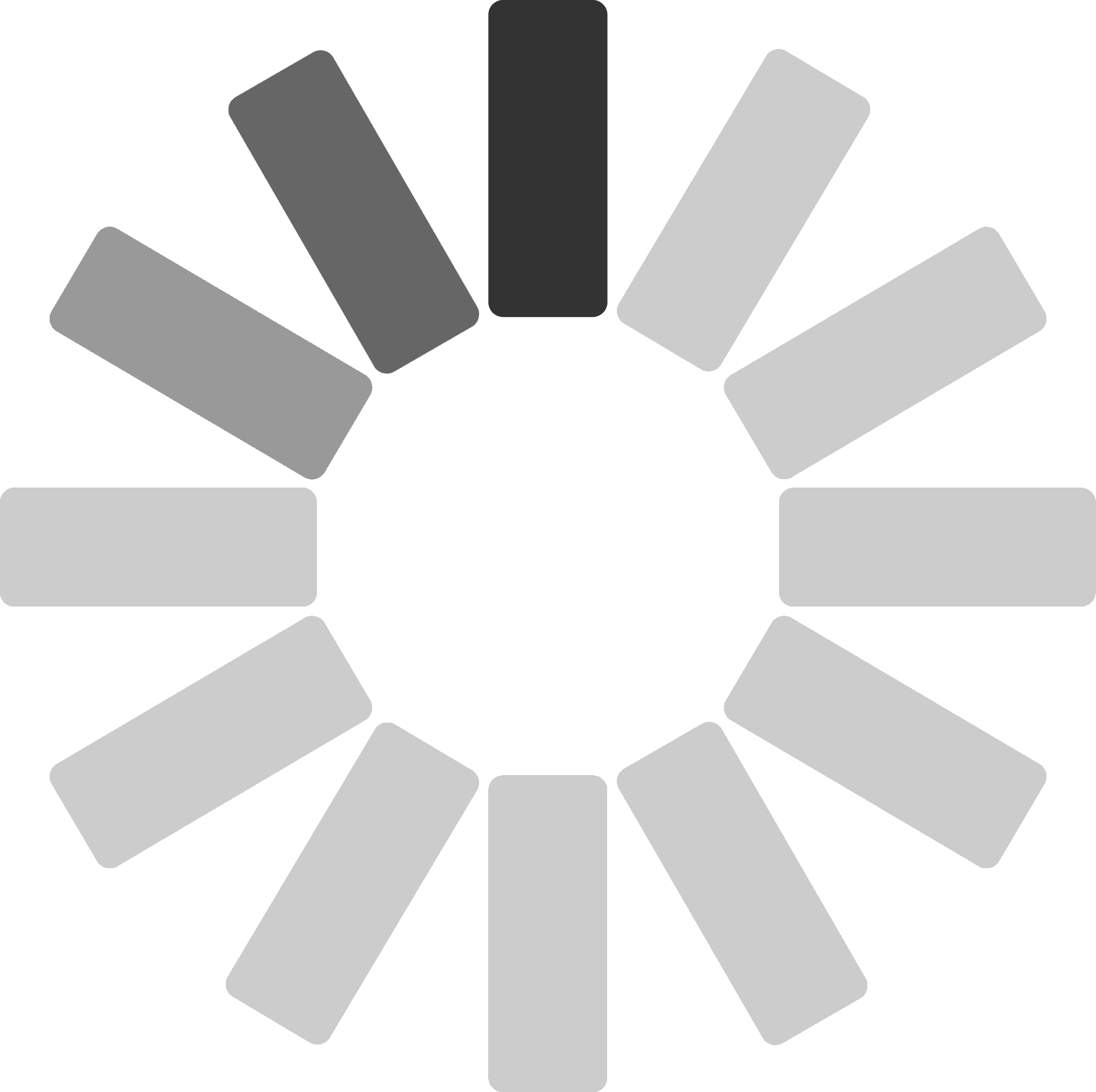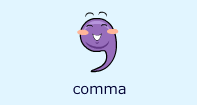- HOME
- GAMES
- PUNCTUATION
- COMMAS
Change Avatar
Commas
The Comma
The Comma tells us when to pause while reading and helps organize writing. Since commas can be used in a variety of ways, they have a lot of rules. Each one is important and helpful to know.
Rules for using the Comma
I like to eat lollipops, jellybeans, and bubblegum.
(List of three or more - use a comma between the words)
Craig jumped, bounced, and flipped on the trampoline.
(List of three or more - use a comma between the words)
Exception: Do NOT use a comma if there are just two words in the list.
He gave Santa milk and cookies.
(Just two in the list - no comma)
Sally walked and ran in the race.
(Just two in the list - no comma)
Luke is a fast, talented, and accurate soccer player.
(List of adjectives - use commas)
Lisa ran quickly, slowly, and wildly in the obstacle course.
(List of adjectives - use commas)
The puppy is fuzzy, soft, and gentle.
(List of adjectives - use commas)
It was a short, simple play. (The two adjectives can be interchanged - It was a simple, short play - use a comma to separate the adjectives)
She is a healthy, fit girl. (The two adjectives can be interchanged - She is a fit, healthy girl - use a comma to separate the adjectives)
I'd like to go to the store, but my car is out of gas.
(A compound sentence - place the comma before "but")
Julie will draw the pictures, and Sam will color them in.
(A compound sentence - place the comma before "and")
You can eat the pasta, or I can order some pizza.
(A compound sentence - place the comma before "or")
A dependent clause has a subject and a verb but is not a complete sentence on its own. Place the comma after the dependent clause.
While I was at the store, my sister went to the movies.
(Dependent clause - place a comma after the clause)
As she ate the cupcakes, I made more.
(Dependent clause - place a comma after the clause)
After Stacy ran the race, she felt tired and hungry.
(Dependent clause - place a comma after the clause)
Yes, I'd love to have a picnic this afternoon.
("Yes" is an introductory word - place a comma after it)
No, I'd rather not eat my peas.
("No" is an introductory word - place a comma after it)
Well,let's see how the weather is before we decide.
("Well" is an introductory word - place a comma after it)
Michael,join us at the table.
("Michael" is being addressed - use a comma after his name)
Joshua, do you know the answer to the question?
("Joshua" is being addressed - use a comma after his name)
My brother lives in Las Vegas, Nevada.
("Las Vegas" (city), "Nevada" (state) - use a comma between them)
Disney World is in Orlando, Florida.
("Orlando" (city), "Florida" (state) - use a comma between them)
Mazie was born on April 8, 1999.
(8 (day), 1999 (year) - use a comma between them)
Lisa will leave for her trip on June 5, 2014.
(5 (day), 2014 (year) - use a comma between them)
Henry, my best friend, is sleeping over on Friday.
("Appositive" - place commas before and after)
Rover, my uncle's dog, is a trained search-and-rescue dog.
("Appositive" - place commas before and after)
My favorite book, The Wizard of Oz, is a classic.
("Appositive" - place commas before and after)
$ 53,250
(Use comma to separate numbers over 999)
3,000,000
(Use comma to separate numbers over 999)
He said, "I am not well."
(A comma is used before the quotation marks in a direct speech.)
"I am not well," he said.
(A comma is used after the direct speech as the sentence begins with a quotation mark.)
He said that he was not well.
(No comma is used in the indirect speech.)
Meredith Gray, M.D., is here.
("M.D." is a personal title - use comma before and after the personal title)
Harvey Specter, Chief Financial Officer for Operations, reported the annual earnings.
("Chief Financial Officer for Operations" is a personal title - use comma before and after the personal title)
Be careful with commas! When misplaced in or left out of a sentence, a comma can change the meaning of your words entirely:
Let's eat, Grandma!
(Inviting Grandma to eat - use a comma)
Let's eat Grandma!
(Planning to eat Grandma - missing comma)
The handy chart below helps remember the rules and uses of the comma.
| Name | Punctuation Mark | Usage | Example |
|---|---|---|---|
| Comma | , |
Use a comma to:
|
|




